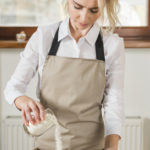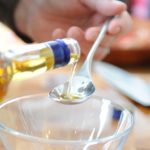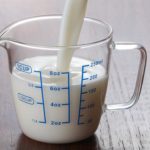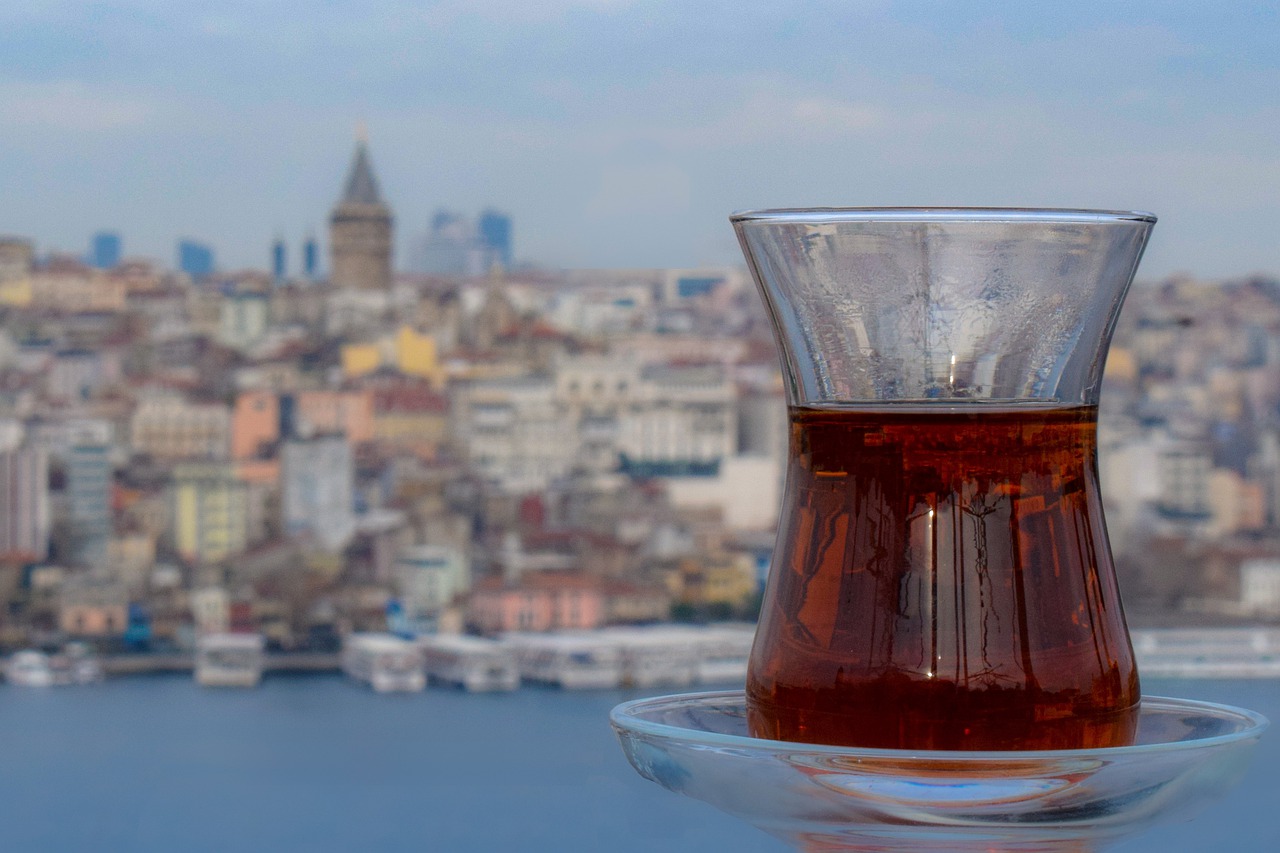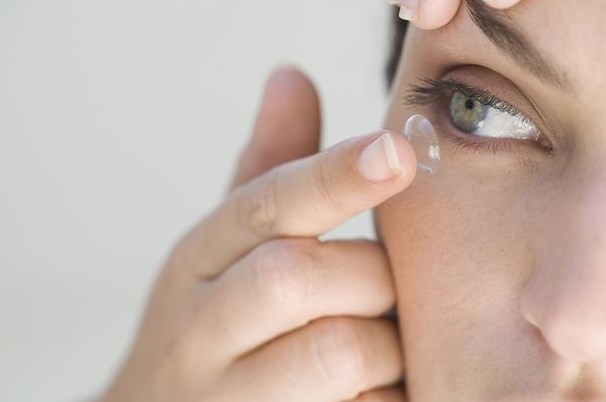How many milliliters are in a glass
Not every housewife can boast of having such a useful household appliance as a kitchen scale. Meanwhile, their absence can play a cruel joke, spoiling the taste of the finished pie or biscuit. An ordinary glass can help out in this situation.
But if the capacity of the faceted one does not raise questions (after all, everyone knows that it is equal to 250 ml), then determining the volume of other varieties can cause difficulties. Meanwhile, it is these dishes that are most often used when it is necessary to measure the required dosage of a bulk or liquid product. That’s why it’s so useful to know how much volume a particular variety holds.
The content of the article
How many ml in a faceted glass
A standard faceted container holds from two hundred ml to a quarter liter. This discrepancy in capacity is explained by the fact that the dishes can be different:
- The traditional model with a rim located at the top of the product holds 0.25 liters.
- The second type does not have a border, therefore it is less spacious. The capacity does not exceed 200 ml.
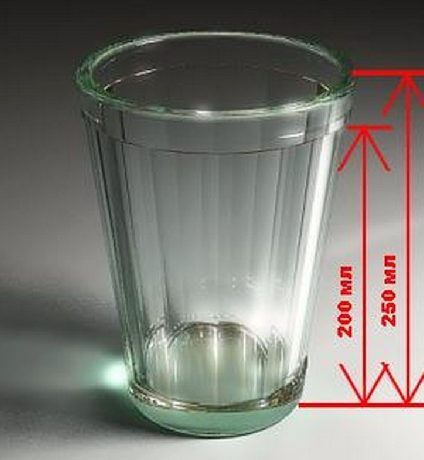
You need to select the most suitable variety based on the milliliters indicated in the recipes.
Volume of other glasses
If previously only cut glasses could be found in the kitchens of most housewives, today the assortment has been replenished with a wide variety of models. There are types with thin and thick walls, large and small, with and without edges.To measure the necessary raw materials, the housewife can use the first product that comes to hand, so it is important to know the size of each of them:
- If you pour the liquid to the edge of the top rim, you will get two hundred milliliters.
- When filling the variety without a rim to the very edge, the capacity will also be 200 ml.
- Decorated with figured edges, it holds 200 milliliters of liquid and the same amount of grams of dry products.
- Containers with diamond-shaped edges are often made without a border. You can pour two hundred ml of liquid into it or pour 200 grams of dry raw materials.
- The beer bottle holds half a liter.
- The size of a faceted glass does not exceed 150 ml.
- In a small glass - 50 ml of liquid.
Now on sale you can find models made of thin plastic - a very popular option for outdoor recreation. Their capacity is smaller compared to standard ones. In addition, plastic varieties also come in different sizes:
- small holds up to 100 ml;
- medium – up to 200;
- The volume of a large one reaches 500.
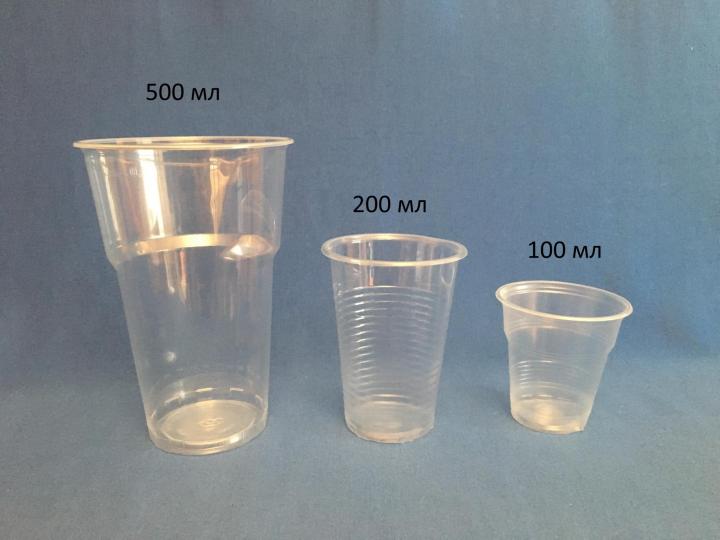
Don’t forget about the special coffee cups that can be found in many chain establishments.
Dimensions in milliliters:
- Short. According to baristas, this is the best option for cappuccino. Holds 225.
- Toll. Standard type for coffee. Capacity – 354.
- Grande. Suitable for lattes and other cocktail varieties of an invigorating drink. Volume – 473.
- Venti. Translated from Italian, it means “twenty” - the number of ounces that can fit in a 591-capacity container.
- Demi. The smallest option, designed for espresso or Americano. It contains 84.
How to measure the volume of glasses
To find out the capacity of glassware, you can use a special kitchen device with a printed scale.But the true volume can only be calculated using scales. The first step is to configure the household appliance. If it is equipped with the “Tare Compensation” or “Zero Option” functions, then with their help you can easily calculate the capacity. If there are no such settings, the following instructions will help:
- First of all, you need to find out the exact mass of the empty container. This can be done by placing the container on the scale.
- Fill with clean water to the very top.
- Place it on the switched on scale.
- The mass of the empty object should be subtracted from the values obtained by weighing.
On average, the volume and mass of water poured into a standard variety with edges are the same. That is, 200 ml of clean water weighs two hundred grams. That’s why chefs most often use this glassware.
According to the instructions given, all the usual types contain 200 ml of clean water. But when calculating, you need to take into account several nuances:
- if the dishes are decorated with a rim, then the liquid should be poured to its lower border;
- if there is no line at the top of the product, the contents should extend to the edges.
How much milk and other products are in a glass
A list will help in determining the amount of raw materials that will fit in a glass container. It will be especially useful for people who are interested in baking complex confectionery products and a variety of exotic dishes. Comparison list in grams:
- Clean water – 200.
- Sunflower oil – 240.
- Melted butter – 150.
- Chopped dried fruits – 150.
- Premium wheat flour – 150.
- Granulated sugar – 200.
- Whole milk – 250.
- Rice, semolina, millet – 220.
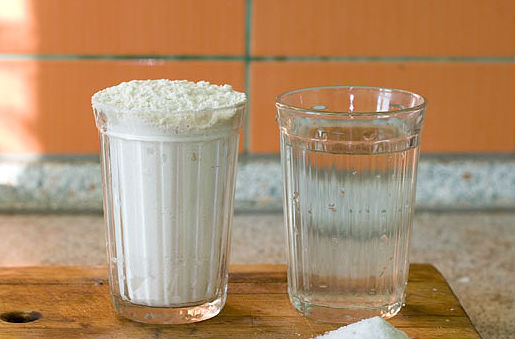
For most culinary recipes, the statement is true: the more accurately the housewife follows the instructions, the tastier the result will be.That is why it is so important to know the capacity of various dishes and do not forget to apply the information received in practice.

